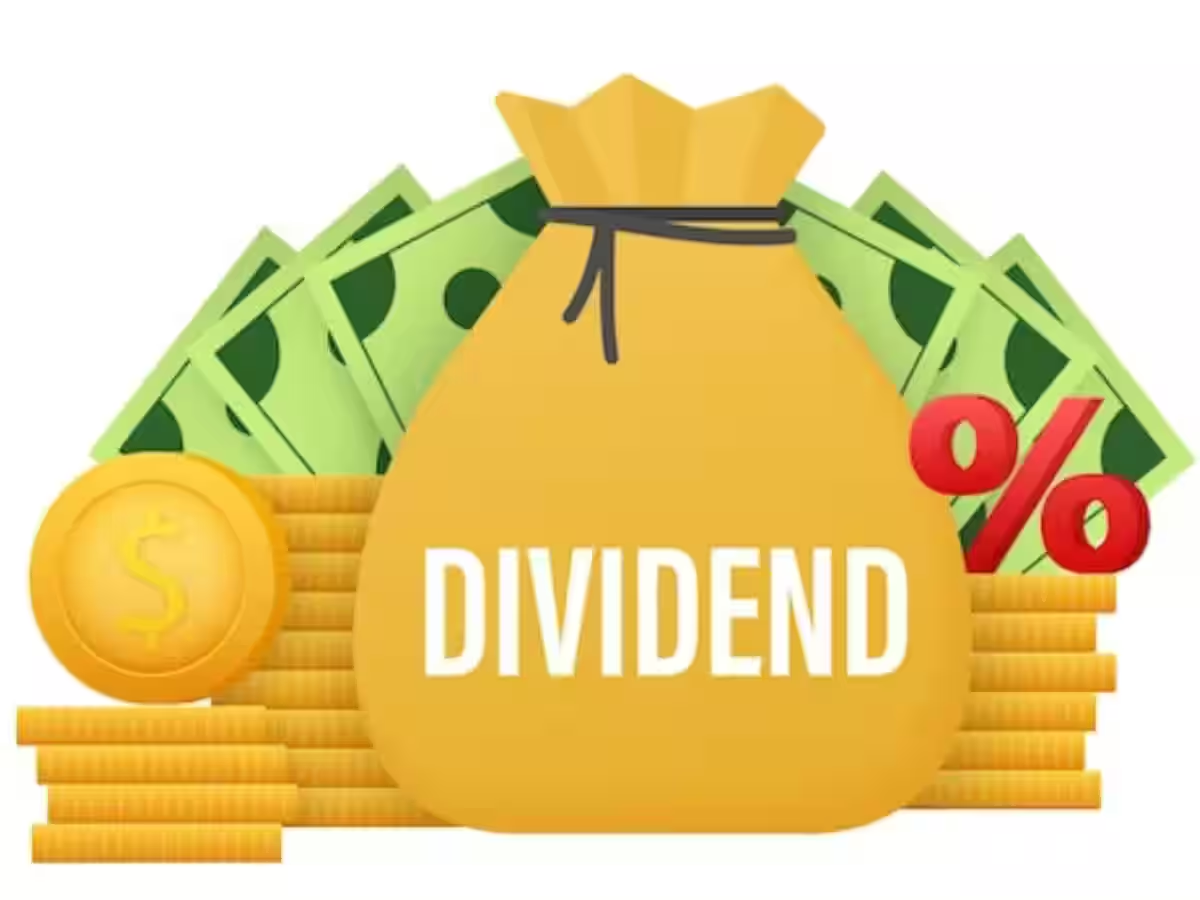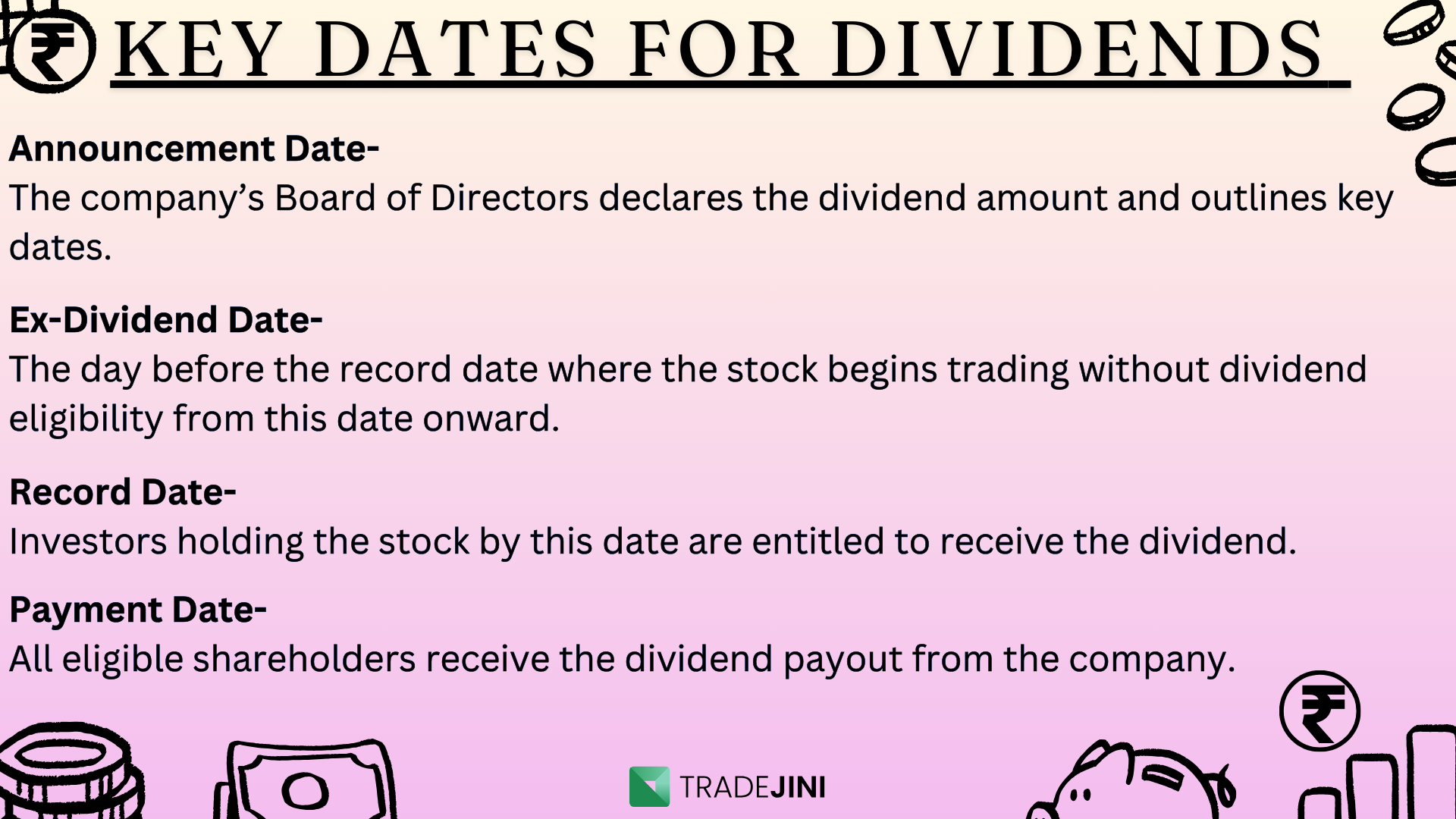Dividend investing is an intriguing investment strategy that often flies under the radar, despite its potential benefits. Most investors are familiar with two primary ways to generate income from the stock market:
- Asset Appreciation: This occurs when the value of an investor's holdings increases. For instance, if Mr. Kumar buys 5 shares of ABC Ltd. at ₹200 per share and the price rises to ₹210 after a week, he has made a profit of ₹10 per share, totaling ₹50. This is a common way to benefit from the stock market.
- Dividends: This is when a company distributes a portion of its profits to shareholders as dividends. Suppose Mr. Kumar owns 5 shares of ABC Ltd., and the company declares a dividend of ₹15 per share. He would receive ₹75 as dividend income.
Here's a video on: When do you see a strategy which will stop working?
This article delves into the latter—dividend investing—and examines whether it is a viable strategy in the Indian stock market.
What is Dividend Investing?
Dividend investing involves purchasing stocks of companies that regularly pay dividends, aiming to generate a consistent stream of passive income. However, it is essential to note that dividends alone should not be relied upon as a primary income source. The returns from dividends may seem insignificant if one holds only a few shares. Yet, when dividends are reinvested, they can compound over time, contributing to a growing investment portfolio.
How are dividends expressed?
Dividends are typically expressed as a percentage of the face value of a share. For example, if a share has a face value of ₹10 and the company declares a 30% dividend, shareholders receive ₹3 per share. Some companies also declare dividends as a percentage of the market price or as a fixed amount per share, which can be an important consideration for investors focusing on dividend income.
Is Dividend Investing a Viable Strategy in India?
Like any investment approach, dividend investing has its advantages and disadvantages. Let's explore both to assess its viability, particularly in the Indian stock market. Here are some pros and cons of dividend investing-
|
Pros |
Cons |
|
Provides regular passive income without extra effort, ideal for retirees and investors. |
Dividend-paying companies are often mature, limiting growth opportunities and capital appreciation. |
|
Dividend stocks are typically stable and less volatile. |
Some sectors like mining and power are high dividend payers but carry sector-specific risks. |
|
Potential for higher returns when combining dividends with capital appreciation. |
Dividends can be cut or eliminated during financial turmoil, affecting income. |
|
Reinvested dividends boost compounding growth, enhancing portfolio returns. |
Dividends are taxed in India, impacting net returns for investors. |
|
Indicates strong company performance due to surplus profits. |
Dividends may not keep up with inflation, reducing purchasing power. |
|
Encourages long-term investing due to steady income. |
Requires careful selection to ensure diversified and sustainable growth. |
Also Learn: Open High Open Low (OHOL) Trading Strategy - Meaning, Examples and Working
How are Dividends taxed in India?
Dividends are profits distributed by a company to its shareholders and are considered income. In India, dividends received from investments in publicly traded companies are taxed under the category ‘Income from Other Sources.’ This income is added to an individual’s Gross Total Income (GTI) and taxed according to the applicable income tax slab.
If a shareholder receives up to ₹5,000 in dividends in a financial year, no tax is deducted at source (TDS). However, if the total dividend exceeds ₹5,000, the company distributing the dividend is required to deduct a TDS of 10% (plus surcharge and cess, if applicable) under Section 194 of the Income Tax Act, 1961. The shareholder can claim the deducted TDS as a credit when filing their income tax return.
How to choose High-dividend yield stocks?
Some companies listed on the stock market offer higher dividend yields per share compared to the average to attract more investment from the public. By providing attractive dividend percentages, these companies aim to attract investors and increase share subscriptions. One can identify them using these strategies:
- Screen for high dividend yields: utilize stock screening tools to identify stocks exhibiting higher-than-average dividend yields, ensuring that the yield is sustainable and not a result of a recent decline in stock price.
- Evaluate dividend sustainability: verify a history of consistent dividend payments and analyze key metrics such as the dividend payout ratio and free cash flow to gauge future sustainability.
- Assess dividend growth potential: seek companies with a history of increasing dividends, reflecting strong financial health and growth potential.
- Examine financial health: assess the company’s balance sheet, income statement, and cash flow for low debt, stable revenue, and positive free cash flow.
- Consider industry trends: analyze industry and market trends to evaluate the company’s growth potential and associated risks.
Conclusion
Dividend investing offers stable income and potential long-term growth, especially in well-established companies. However, investors must consider risks like limited growth, sector-specific exposure, and economic fluctuations affecting dividends. In India, understanding tax implications and inflation risks is essential.
Investors should weigh these factors against their financial goals and risk tolerance to determine if dividend investing suits their strategy. A balanced portfolio that includes dividend stocks, growth stocks, and other assets is typically the best way to build long-term wealth.
Dividend investing isn't a one-size-fits-all approach; it requires diligence, patience, and a long-term outlook. While dividends provide reliable passive income, they should be part of a broader, diversified strategy.
Happy Investing!
Also Read: Bajaj Group’s Iconic Journey on Indian Roads: Vision, Timeline, and Legacy





